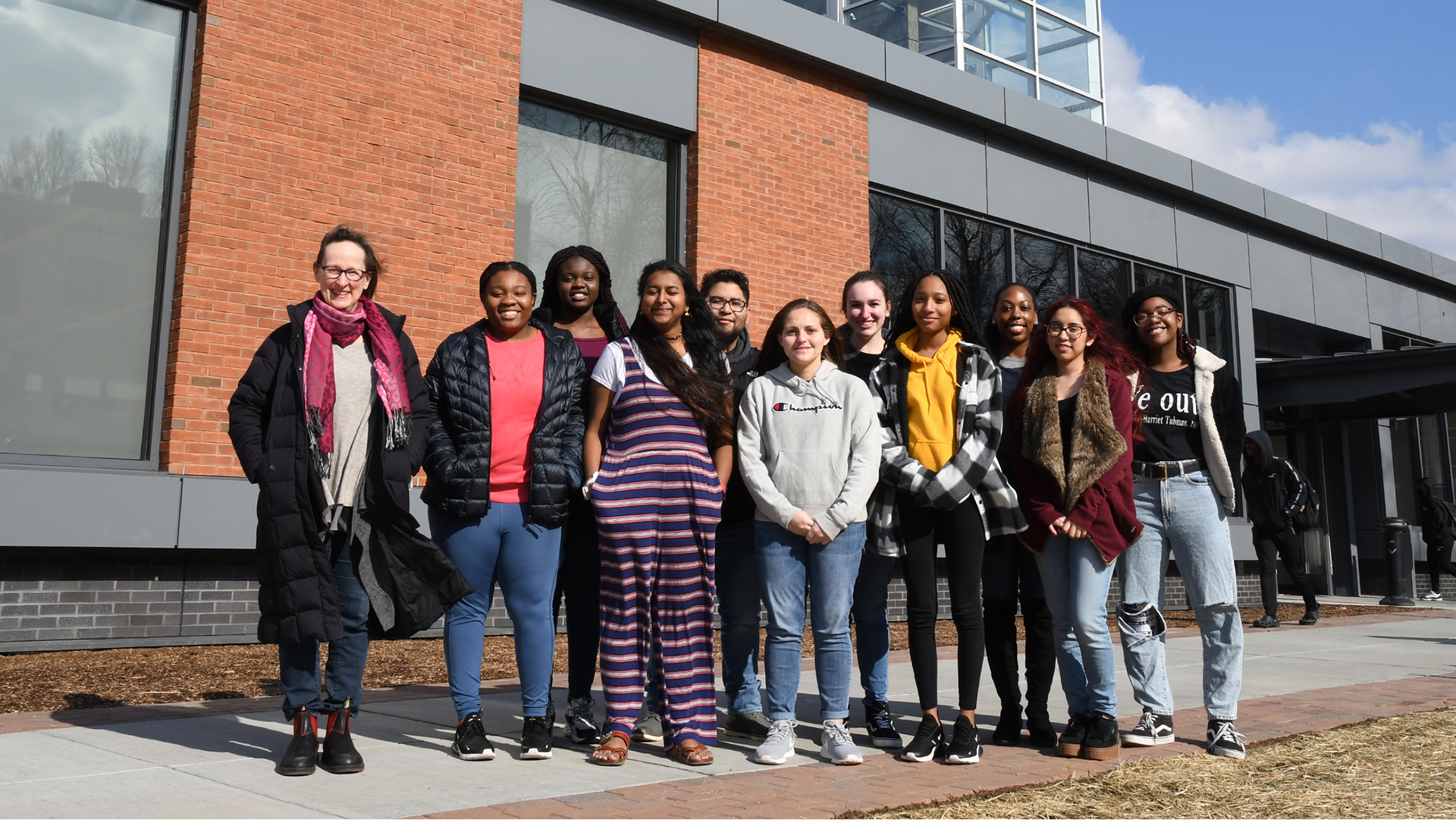Thursday, Feb 10, 2022
Funds will improve the classroom experience of underrepresented science students
by Diane Cornell
Rider is the recipient of a $19,976 grant from Bristol Myers Squibb to support a new program designed to improve the classroom experience of underrepresented students enrolled in science, technology and math courses (STEM) at the University. The program pairs faculty with student partners who work together in an effort to create a more inclusive classroom environment.
Last semester there were eight faculty-student pairings in the Bronc STEM Teaching Partner program working within chemistry, biology, psychology, physics, math and computer science courses. The grant money will allow Rider to carry over the program through the fall semester.
The program is modeled after those at Bryn Mawr College and Elon University, but similar partnerships exist at other universities as well. Such student-faculty pedagogical partnerships have been shown to improve the classroom experience of students who belong to groups historically marginalized in the STEM fields.These groups include Black and Indigenous people of color (BIPOC) and LGBTQIA individuals.
“Science is enriched by inclusion of diverse ideas and viewpoints,” says Julie Drawbridge, Ph.D., professor in the Department of Biology, Behavioral Neurosciences and Health Sciences. “We need to make greater efforts to create a welcoming and supportive STEM classroom experience for all our students.”
Science is enriched by inclusion of diverse ideas and viewpoints.
The students who were chosen to participate are not enrolled in the courses they monitor and are paid for their work in the program. They are required to attend the class once a week and work with the professor to set goals and implement methods to gain information about the student experience. With the information, faculty can adjust their teaching methods to engage more students and gain a deeper understanding of the student perspective.
“In my case, the young woman who worked with me did a survey during the course asking students about their experience, what was clear, what was not clear, did they feel that their voice was welcomed and engaged, and things like that,” says Drawbridge. “One of the things I found out was that the students weren’t exactly sure how the grades were being calculated. I wouldn’t have known that if she hadn’t gotten that information from them.”
Other information, about why students may not be utilizing office hours or why they may not be participating fully in groups, can be equally illuminating. “Having the student-partner talk to other students in the class allows those enrolled in the course to open up in ways they wouldn’t in front of their professors,” says Drawbridge, adding that all information gathered from students is reported to faculty anonymously.
At the beginning of the semester, the student-partners introduce themselves and explain to the class that they are available should anyone have an issue with the classroom environment. Students who are hired to work with faculty in the program don’t necessarily have to be science majors, as they are not in the room to pick up course content, but are there to observe the classroom, monitor the level of student engagement and act as a consultant to the teacher.
“It really helps the instructor to identify students who might be feeling marginalized or who might not be participating to the level they should in order to do well in the class,” says Drawbridge.

